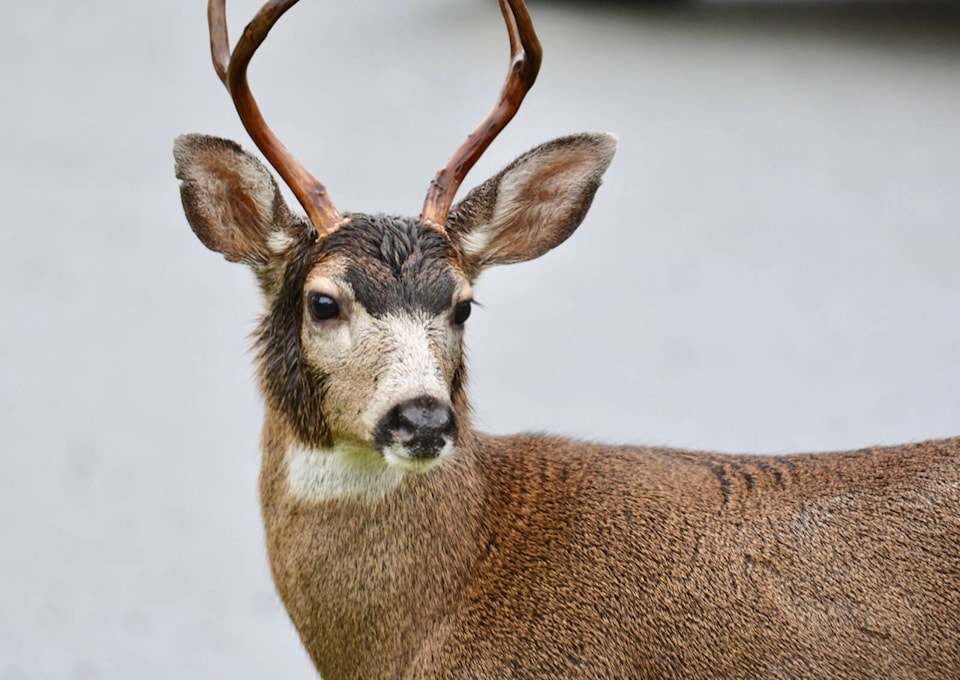As your tweens and teens head back to school, they’re likely enjoying their semi-independence. But the excitement over new people and new experiences means they might be less focused on other essentials – like looking before crossing the road, or travelling safely with their friends.
Thing is, that’s exactly what’s happening with our deer right now, too – which is why we need to give them a little extra time and space to be, well, deer!
“Later in summer, fawns are running around and straying a little farther from their moms, but they’re not exactly street savvy yet,” explains Alina Fisher, a UVic PhD candidate and one of the research team working with Esquimalt’s deer management program, through the Urban Wildlife Stewardship Society.
“They’re like middle-schoolers right now – they’re enjoying their newfound (semi)independence and may think they’re more able than they really are,” she says.
And just like their biped counterparts, that also means they can make some poor choices, like darting across the road in front of vehicles.
Summer is also the time when you might see bucks congregating in small groups.
“They tend to group up in the late summer before they get ready to rut, so it’s common to see a bunch of bachelor bucks wandering around together,” Fisher says.
“Whether it’s ‘teenage’ fawns with their momma does nearby, or groups of bucks, we need to be watchful for deer near roadways – if you see one deer there’s a very good chance another (or more) will follow.”
- Slow down – especially in areas deer are known to frequent, where visibility is obscured from vegetation or parked cars, and at dawn and dusk, when wildlife tends to be more active.
- Scan ahead – watch for movement behind trees or parked cars, for example.
- Expect friends – if you see one deer, know that more are likely nearby.
Here in Esquimalt, the deer immunocontraceptive team is currently checking on the camera traps and downloading data to analyze the effectiveness of the administered IC.
The does received their immunocontraceptive doses in the fall 2021, and the team will be in the community to administer more later this fall, just before rutting season, Fisher says.
Visit UWSS.ca for more information about avoiding collisions with deer and other deer behaviour tips. Learn more about the Township of Esquimalt’s deer management efforts here.
